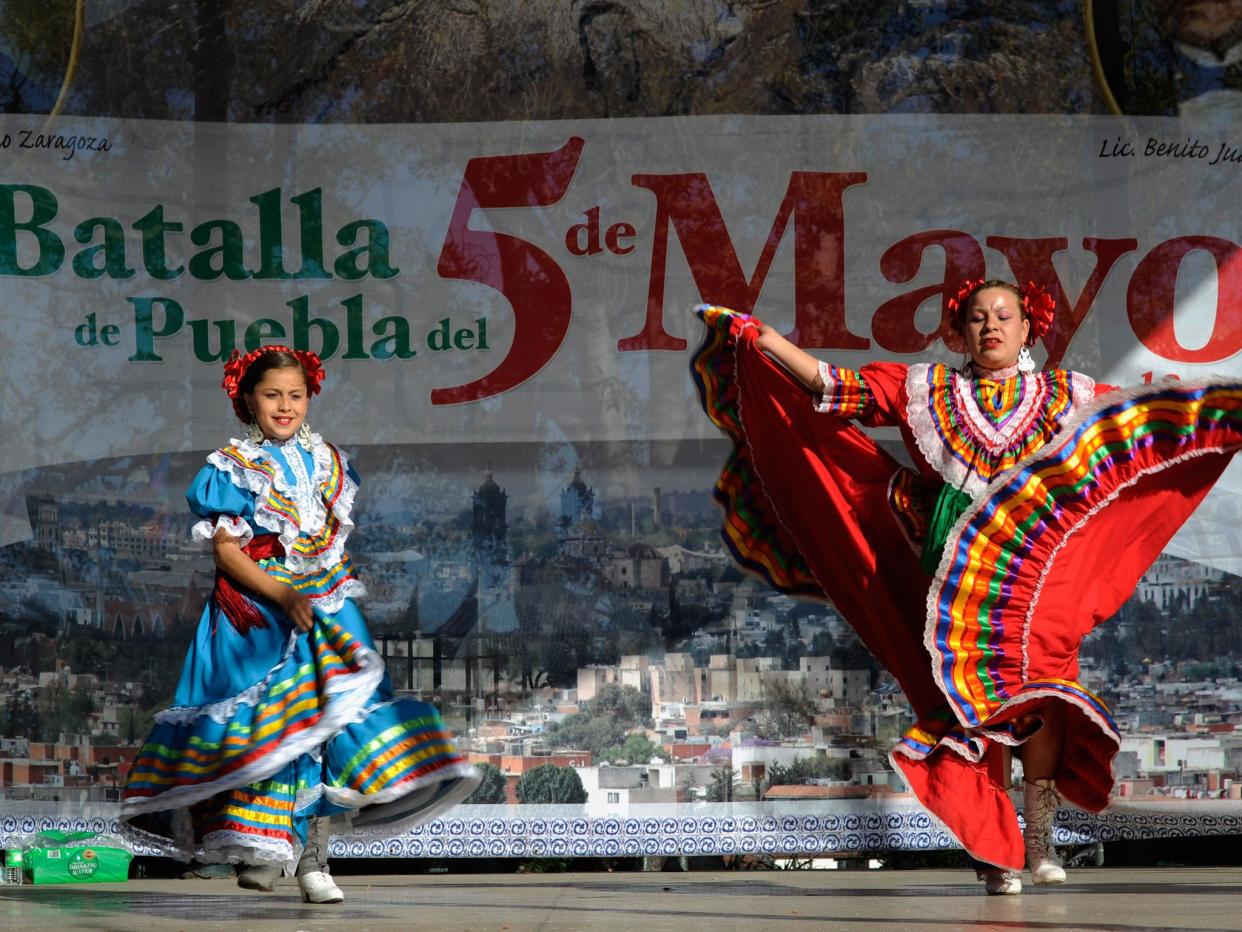What is Cinco de Mayo, why do people celebrate it, and why is it significant in 2018?

Cinco de Mayo is a cultural phenomenon in the United States. It’s a time to celebrate Mexican culture and, for some, an opportunity to drink a lot of margaritas and cerveza.
But it is also a frequently misunderstood holiday. For those out of the loop, here’s a refresher on what Cinco de Mayo is all about.
What exactly is Cinco de Mayo?
People often mistake Cinco de Mayo for a celebration of Mexican independence. But they’re wrong.
The holiday celebrates a failed French invasion after a fledgling Mexican state defaulted on debt payments to European governments.
In 1861 Mexico was suffering from financial ruin following years of internal strife. This was exploited by the French President Napoleon III, who thought it would be a fantastic time to try and build an empire there. Mexico had defaulted on debts with Britain and Spain as well, but those two countries negotiated with the country and withdrew their navy.
The French invaded Mexico in late 1861 with well-armed forces and stormed Veracruz, forcing the Mexican government and its forces to retreat into northern Mexico.
Confident of further victories, French forces focused their attention on the city Puebla de Los Angeles. Anticipating the attack, Mexican President Benito Juárez brought together a group of 2,000 men to fight back, many of whom were indigenous Mexicans or of mixed ancestry.
When the French finally attacked, on May 5, 1862, the battle lasted from daybreak to early evening. The French ended up retreating after losing almost 500 soldiers. The Mexicans lost fewer than 100.
Was the battle significant?
Strategically, not really. The battle represented more of a symbolic victory for the Mexican forces and added to the resistance. French forces didn’t leave until 1867 after years of fighting. Mexicans were helped in part by the end of the Civil War, when the US was able to send their own troops to help out their besieged neighbour.
So all of Mexico celebrates Cinco de Mayo, right?
Nope. People in Puebla celebrate, as that's where the unlikely victory occurred, but the festivities aren't nationwide. Cinco de Mayo isn’t a federal holiday so the day is just like any other day for most people in Mexico.
When does Mexico celebrate its independence?
Mexico celebrates its independence on September 16. On that day in 1810, Mexican revolutionary priest Miguel Hidalgo y Castilla made a famous call to arms for his fellow men and women to resist Spanish colonial government.
Why is it celebrated in the United States?
The holiday is widely seen as a celebration of Mexican cultural heritage for America's growing Hispanic population.
Latino activists raised awareness for the holiday in the 1960s. In large part, those early holidays in the US were a forum to celebrate the fact that a group of ragtag indigenous people were able to successfully hold back French forces. The holiday has really taken off in the US since then and people today celebrate with parades, parties, mariachi music, and traditional Mexican foods.
Is Cinco de Mayo particularly significant this year?
Donald Trump’s election has bred some uncertainty and fear amongst some people of Mexican heritage in the United States. Mr Trump has favoured anti-immigrant policies and rhetoric, including a promise to deport all undocumented immigrants in the country and build a wall on the border with Mexico to keep people out.
In 2017, Mr Trump tweeted out a photo of him eating a taco bowl (which is not a traditional Mexican dish) on Cinco de Mayo with the statement “I love Hispanics”. But Mexican-Americans aren’t necessarily encouraged by that tweet or the president’s actual positions since, and some have said they are fearful of celebrating Cinco de Mayo this year because Mr Trump has stepped up immigration enforcement since taking office.
During his year and a half as president, Mr Trump's administration has overseen a crackdown on undocumented immigrants in the United States. Immigration and Customs Enforcement has loosened the targeting priorities for immigrant arrests, reversing an Obama administration policy that federal agents make those with criminal convictions priorities. Mr Trump has also repeatedly denounced so-called "sanctuary cities", and has threatened legal action — including the withholding of funds — for cities and jurisdictions that do not cooperate with federal immigration directives.

